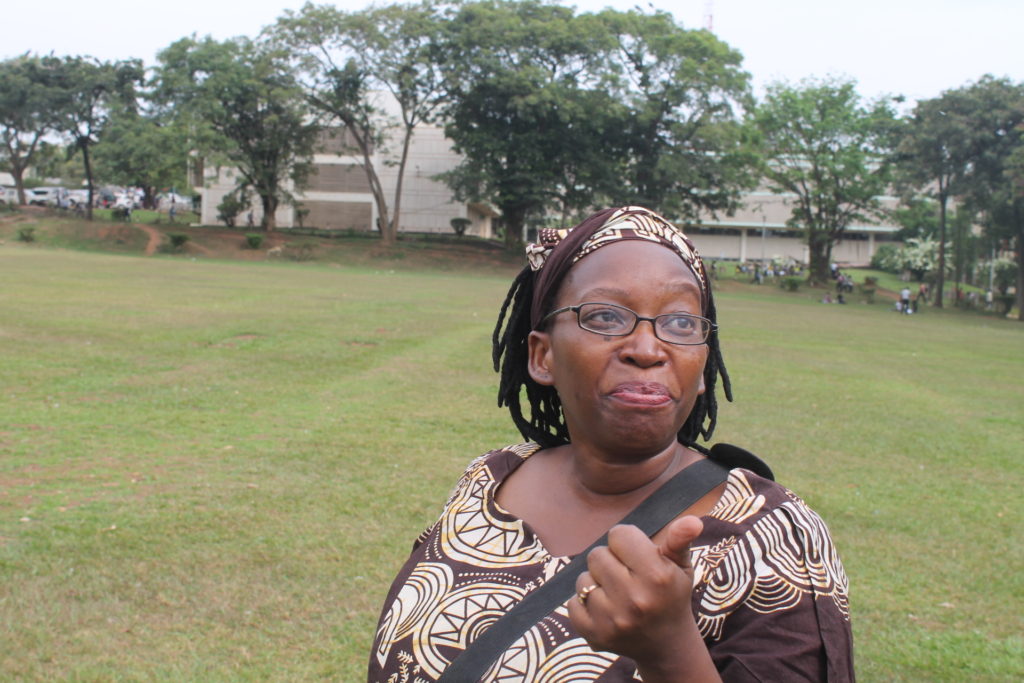Colombian food is very diverse, each region of the country having its own characteristic dishes. This wonderful cuisine offers dishes that have been handed down from generation to generation, influenced by not only indigenous Colombian culture, but Spanish, African and Arab cultures as well. Colombian food is versatile, rich, full of flavour, colourful and comforting.
7 Ways to Increase Children’s Height
At some point in life, some parents are faced with the growing concern of their children’s height and sometimes give into panic especially with the horrible D word- DWARF. In their confusion, they visit specialists almost every week and even devise unhealthy therapies just to make their child add an inch. Here are some safe and healthy ways by which your worries can come to an end: Balance diet The first step for acquiring height is eating a balanced diet. If you truly want your child to have an enviable height, you should be sure to keep aside the burgers, cola, and chips. Switch over to a healthy diet style in place of the junk foods. A balanced diet would make you child stronger by every means. Combine platters with all types of nutrients containing protein, carbohydrates and fat. In all of this, moderation is key. As part of a…
Exploiting Motherhood and Entrepreneurship:5 Tips for Mothers Starting their own Business.
By: Zoe Bolechala
I had the idea for my business, before the birth of my first son. I wanted curtains and soft furnishings for his nursery that were quirky, vibrant and reflected my own taste. So I found some fabric I loved and made my own. Life and motherhood took over but, following the birth of my second son, I came back to the idea, having gained an appreciation of how important black-out curtains and blinds really are.
Uganda: Amnesty International Condemns Dr. Stella Nyanzi Prosecution
Amnesty International has condemned the arrest and prosecution of Makerere University researcher Dr. Stella Nyanzi. Dr. Nyanzi was on Monday, charged with offensive communication and cyber harassment in relation to her Facebook posts attacking the government and particularly the first family. In one of posts, the basis of yesterday’s charges, she called the president a “pair of buttocks”. She was remanded to Luzira prison for two weeks to allow her lawyers time to file a defense in regard to state prosecution’s application that her mental health be examined. Dr. Nyanzi denied the two charges which are contrary to sections 24 (1)(2)(a) and 25 of the Computer Misuse Act 2011. Lynne Muthoni Wanyeki, Amnesty International’s regional director for East Africa, the Horn and the Great Lakes region in a statement released last evening said government should drop all charges and unconditionally release Nyanzi. “Arresting Dr. Stella Nyanzi simply for criticising the…
Four Major High Courts in India are now headed by Women for the First Time in Indian History
By: M.A. Rashid. The glass ceiling in Indian judiciary seems to be cracking at last, if not broken yet. With the appointment of Justice Indira Banerjee as the chief justice of Madras High Court, four major high courts have women chief justices for the first time in the history of Indian judiciary. Delhi, Bombay and Calcutta high courts are already being led by women chief justices. Justice Rohini is the chief justice of Delhi High Court, Justice Manjula Chellur is the chief justice of Bombay High Court and Justice Nishita Nirmal Mhatre the Acting Chief Justice of Calcutta High Court. However, gross under-representation of women continues in the Supreme Court, the apex judicial body of the country, as it has only one female judge. Justice R. Banumati is the only woman judge in the Supreme Court, against the working strength of 28 and sanctioned strength of 31. Though there were…
Theresa May’s Choice to go without Headscarf in Saudi Arabia does nothing for Saudi Women
By: Asma T. Uddin When British Prime Minister Theresa May touched down in Riyadh recently to meet with the Saudi crown prince, she thought her uncovered head would inspire Saudi women. The country’s dress code requires that women keep their hair covered in public spaces, but she attended meetings without a headscarf. Western news media largely heralded May’s move as revolutionary, just as some had portrayed Michelle Obama’s 2015 visit to Saudi Arabia with head uncovered a “bold political statement.” Despite the media’s fascination, these women’s decision to leave the headscarf off is not unprecedented. Former first ladies Hillary Clinton and Laura Bush also chose to forgo wearing a headscarf. May’s dress choice is not brave or unique. She was not in violation of Saudi law; while female foreigners who choose not to conform to the Saudi dress code risk a confrontation with the Mutawwa, or the Commission of the…
Saudi Woman Seeking Asylum in Australia Repatriated from Phillipines
By: Jeannette I. Andrade A Saudi Arabian woman who was reportedly seeking asylum in Australia but was off-loaded from her flight at the Ninoy Aquino International Airport (NAIA) was repatriated Monday night. On the request of officials from the Saudi Arabian Embassy in Manila, Dina Ali Lasloom was off-loaded from her Australian-bound flight at the NAIA Tterminal 2 and put on a 10:30 p.m. Saudi Airlines flight to Jeddah at the NAIATterminal 1. Lasloom was a passenger of a Philippine Airlines flight PR 669 from Kuwait to Manila, which arrived at 3:30 am Monday, and was supposed to take an 11 a.m. connecting flight to Sydney, Australia the same day. According to personnel at the NAIA Terminal 2, the group from the Saudi Arabian Embassy were the persons with Lasloom in the video, which the group calling itself the Saudi Arabian Female Empowerment (SAFE) Movement posted on Twitter. The video…







